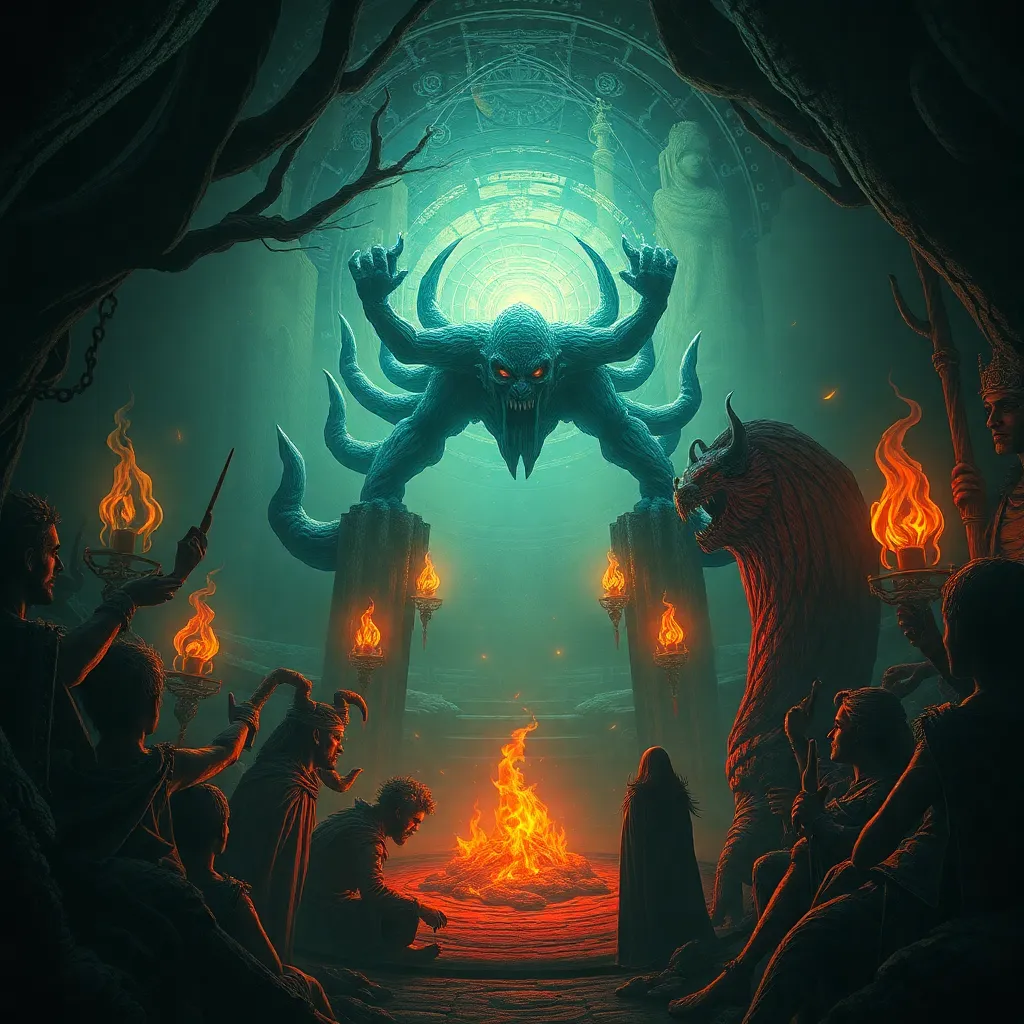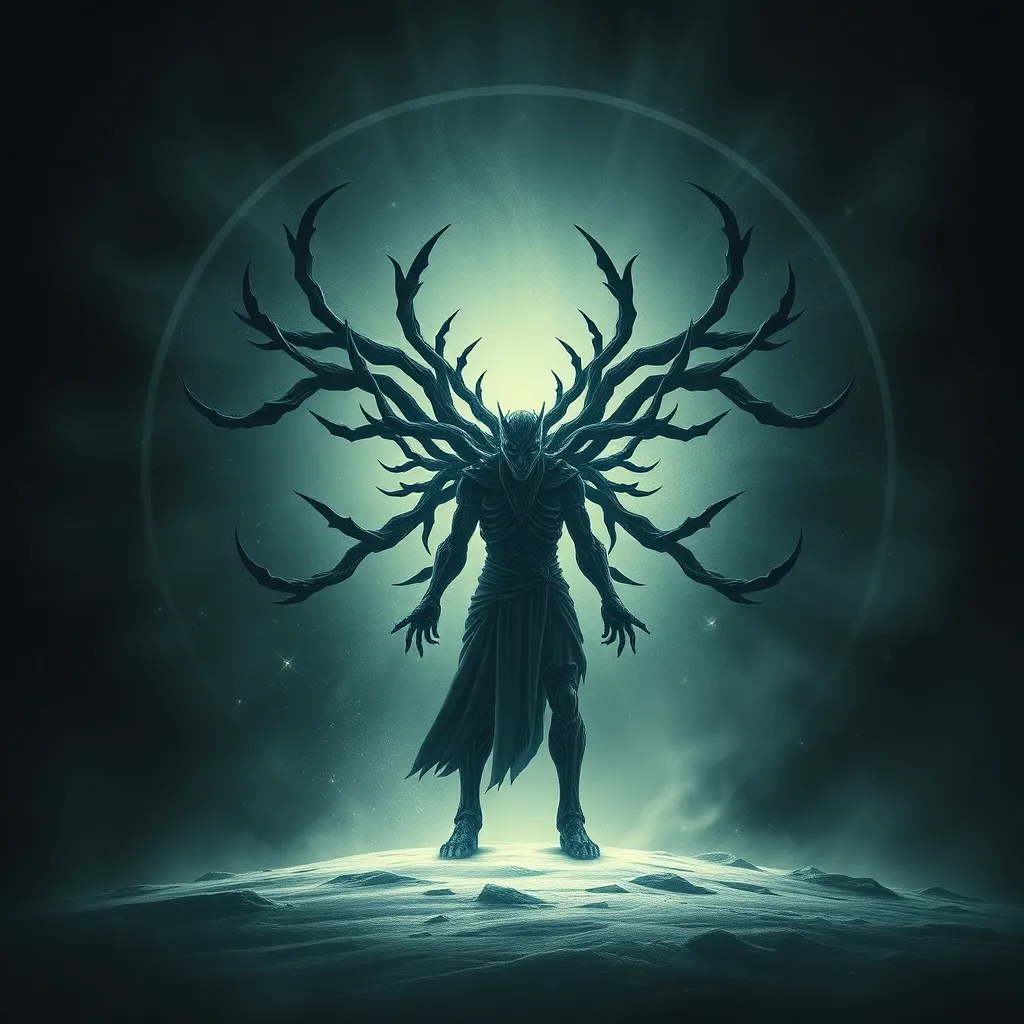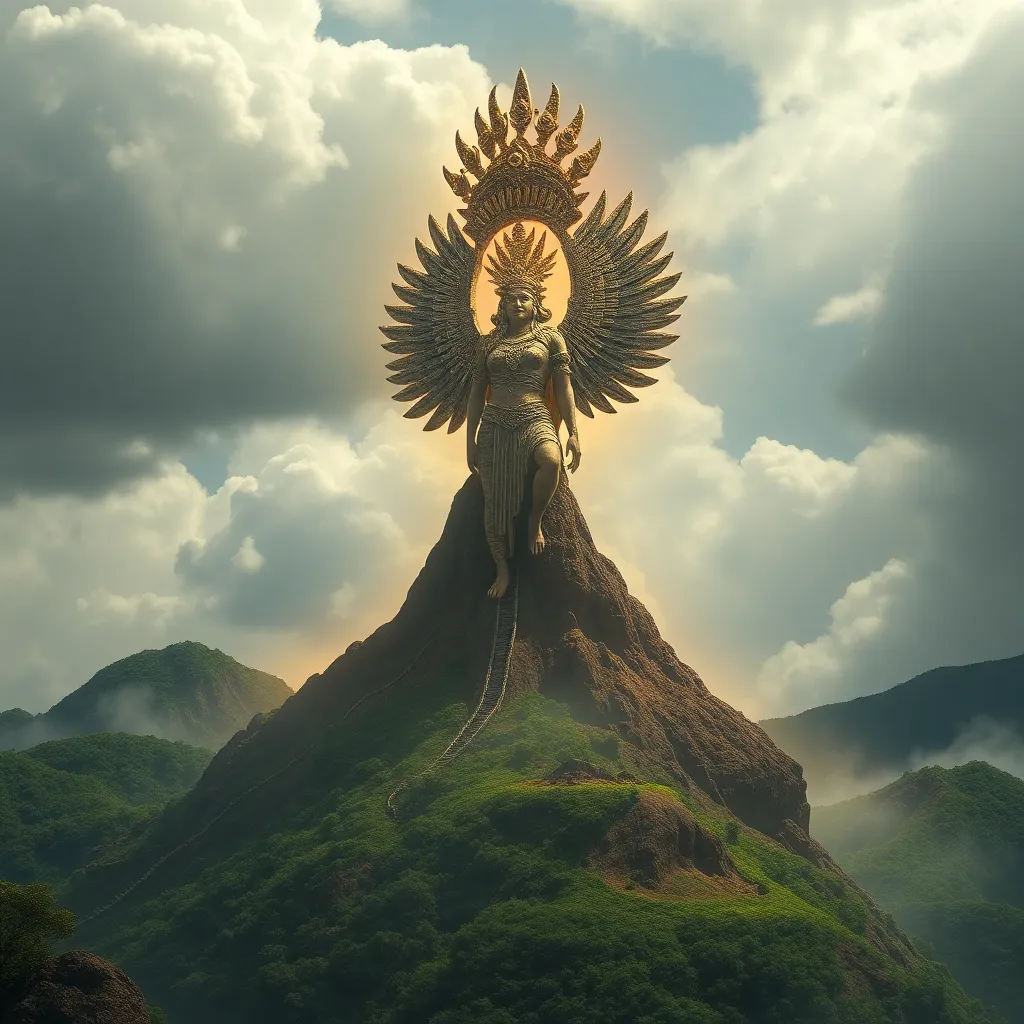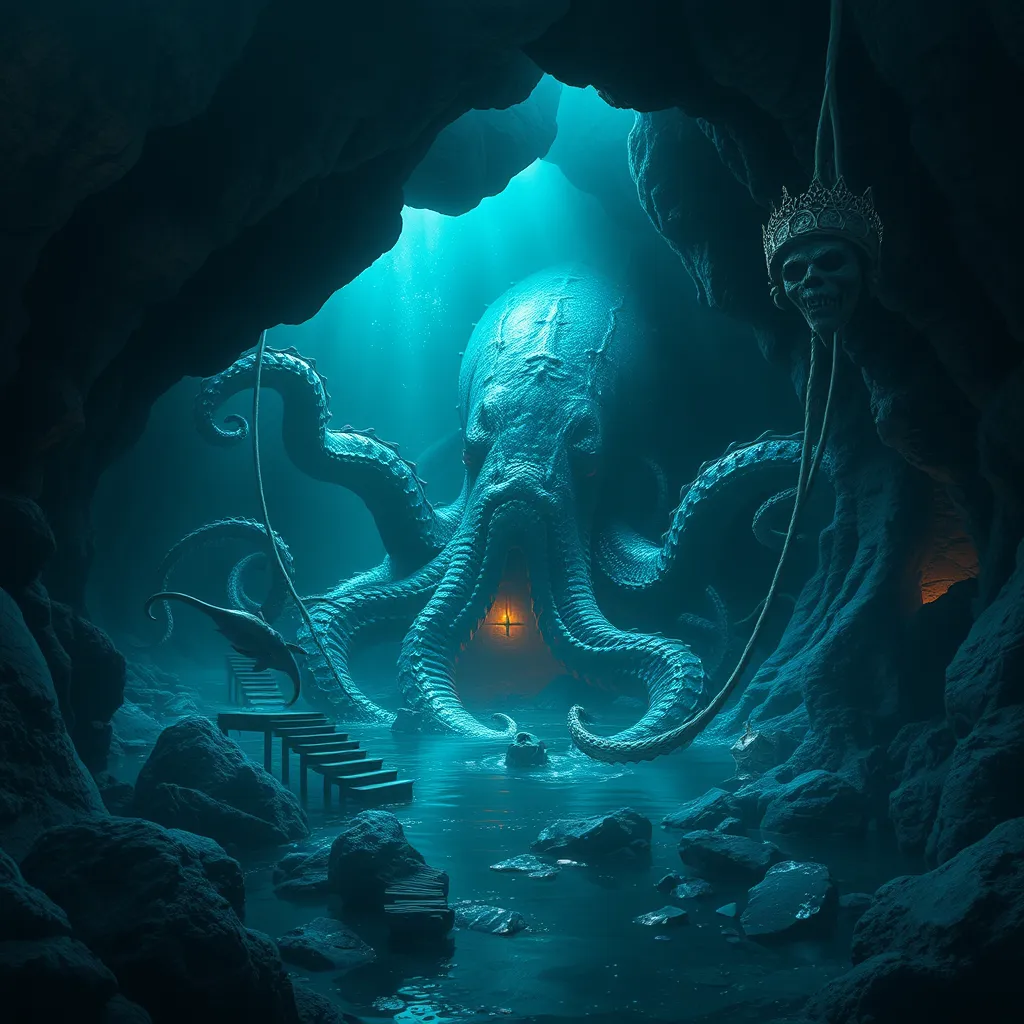The Underworld in Literature and Art: Ah Puch’s Influence
Introduction to the Underworld in Cultural Context
The concept of the Underworld has fascinated humanity across various cultures for centuries. Defined as a realm where souls reside after death, the Underworld often reflects the beliefs and values of a society regarding mortality and the afterlife.
In Mesoamerican mythology, Ah Puch stands out as a significant figure representing death and the Underworld. Known as the Maya god of death, Ah Puch embodies the complexities and dualities surrounding the themes of life and death, making him a pivotal character in understanding the cultural narratives of the Maya civilization.
This article aims to explore the influence of Ah Puch on literature and art, shedding light on how this ancient deity has shaped narratives and representations of the Underworld in various forms of cultural expression.
Ah Puch: The Maya God of Death
Ah Puch, often depicted as a skeletal figure adorned with bells and a skull, holds a prominent place in Maya mythology. His historical background reveals a deity associated with death, decay, and the underworld known as Xibalba. In this realm, he presides over the souls of the deceased, guiding them through the challenges of the afterlife.
The symbolism associated with Ah Puch is profound. He represents not only the fear of death but also the inevitability of it, illustrating the cycle of life and the importance of honoring the deceased. His presence in rituals and ceremonies reflects the Maya’s reverence for ancestors and the dead.
Ah Puch is represented in various ancient texts and artifacts, including the Popol Vuh, a sacred Maya text that narrates the creation myth and the adventures of the Hero Twins. Artifacts such as pottery and murals also depict Ah Puch, showcasing his role in the spiritual life of the Maya.
Thematic Elements of the Underworld in Literature
Literature throughout history has often explored themes related to the Underworld, including mortality, the afterlife, and the human condition. Common themes include:
- The journey of the soul
- Confrontation with death
- The moral implications of one’s actions in life
- The duality of existence and the interplay between life and death
Ah Puch’s influence can be seen in contemporary literary works that draw upon Mesoamerican mythology or explore death-related themes. For example, novels that incorporate elements of magical realism often feature underworld figures reminiscent of Ah Puch, reflecting a blend of myth and modern storytelling.
Notable literary works featuring similar underworld figures include:
- The Brief Wondrous Life of Oscar Wao by Junot Díaz
- Mexican Gothic by Silvia Moreno-Garcia
- Death’s Daughter by a variety of authors exploring the theme of death in various cultures
Visual Representations of the Underworld in Art
The artistic interpretations of Ah Puch in Maya art are rich and varied, often showcasing the god in scenes of rituals, battles, and the afterlife. These representations serve to communicate the beliefs and values of the Maya regarding death and the Underworld.
Modern visual artists have also drawn inspiration from Ah Puch, creating works that reinterpret death and the Underworld through contemporary lenses. These artists explore themes of mortality, cultural identity, and the human experience.
Specific artworks that connect to Ah Puch include:
- The Death of the Gods by contemporary muralists
- Xibalba by artists employing mixed media to explore the concept of the Underworld
- Mictlantecuhtli and Ah Puch by artists focusing on cross-cultural interpretations of death deities
Comparative Analysis: Ah Puch and Other Underworld Deities
Ah Puch can be compared to other deities from various cultures who govern the Underworld. For instance:
- Hades (Greek mythology) – The god of the Underworld, known for his role in judging souls.
- Osiris (Egyptian mythology) – The god associated with the afterlife and resurrection.
- Hel (Norse mythology) – The ruler of the realm of the same name, where those who did not die in battle reside.
While all these deities share the common theme of death, their representations and narratives differ. For instance, while Hades is often depicted as a stern but fair ruler, Ah Puch is more closely associated with decay and the fear of death. This highlights Ah Puch’s unique role in the broader context of Underworld mythology.
The Underworld as a Reflection of Human Experience
The Underworld serves as a powerful metaphor for the human experience, encapsulating psychological and philosophical interpretations of life and death. Ah Puch embodies themes of:
- Mortality – The inevitability of death is a central tenet of human existence.
- Fear – The fear of the unknown is a universal aspect of the human psyche.
- The Afterlife – Questions surrounding what happens after death have intrigued humanity for ages.
Understanding Ah Puch and the Underworld allows individuals to grapple with their own existence, making sense of life, death, and what lies beyond. This exploration can lead to deeper cultural insights and personal reflections.
Modern Adaptations and Cultural Reimaginings
In contemporary literature and pop culture, the influence of Ah Puch is evident. Films, video games, and novels increasingly incorporate Mesoamerican mythology, revitalizing interest in these ancient narratives. Works such as:
- <em"Coco – A Pixar film that embraces themes of family and the afterlife, drawing on Mexican traditions.
- Shadow of the Tomb Raider – A video game that features elements of Mesoamerican mythology, including underworld themes.
- The Bone Witch by Rin Chupeco – A novel that explores themes of death and resurrection in a fantasy setting.
These modern adaptations show how artists and writers are reinterpreting Ah Puch for today’s audiences, making ancient narratives resonate in contemporary contexts.
Conclusion: The Enduring Legacy of Ah Puch in the Underworld
Ah Puch’s legacy in literature and art highlights the enduring fascination with the Underworld across cultures. His representation as the Maya god of death reflects deep-seated human concerns about mortality, the afterlife, and the nature of existence.
As artists and writers continue to draw inspiration from Ah Puch, they bridge the gap between ancient beliefs and contemporary storytelling, ensuring that the narratives surrounding death and the Underworld remain relevant in our ever-evolving cultural landscape.



